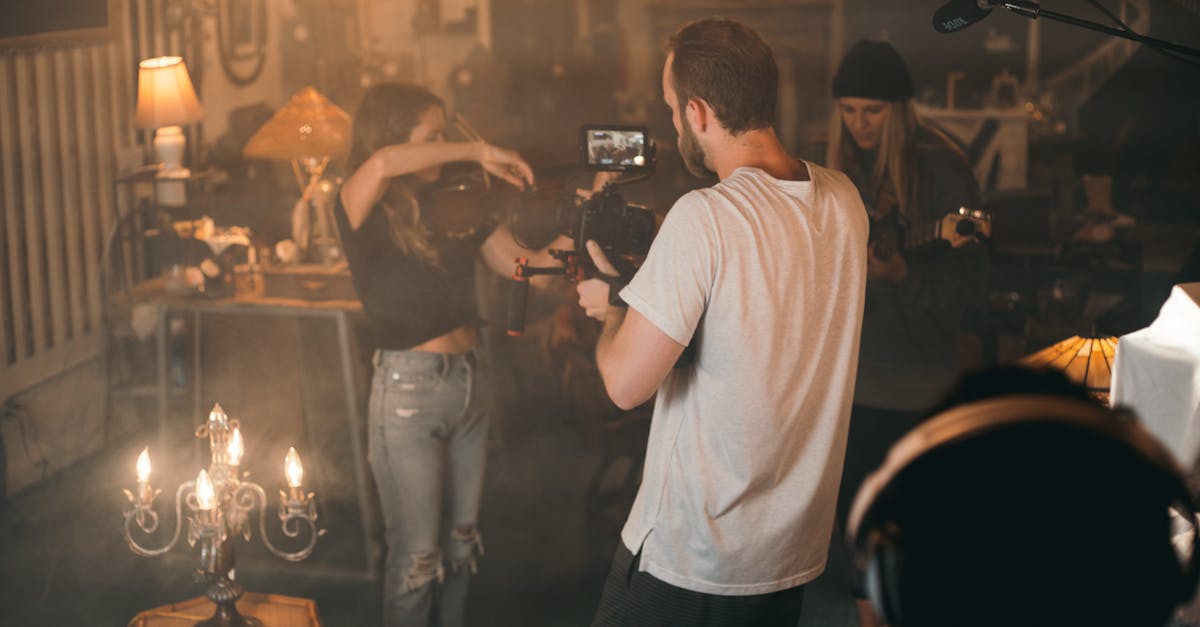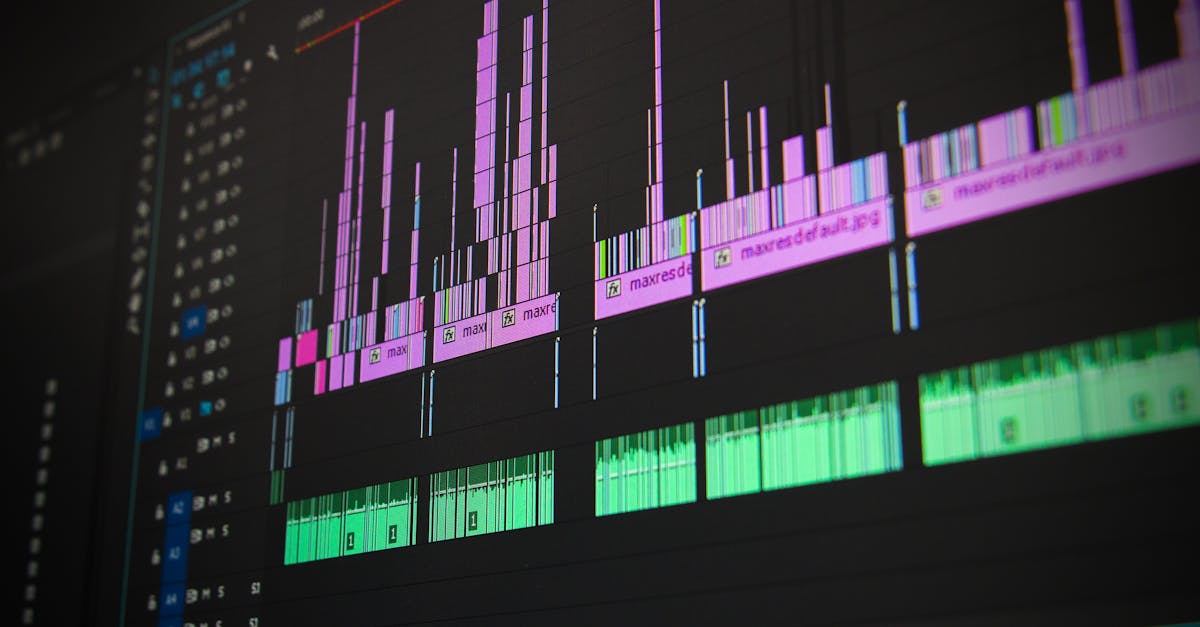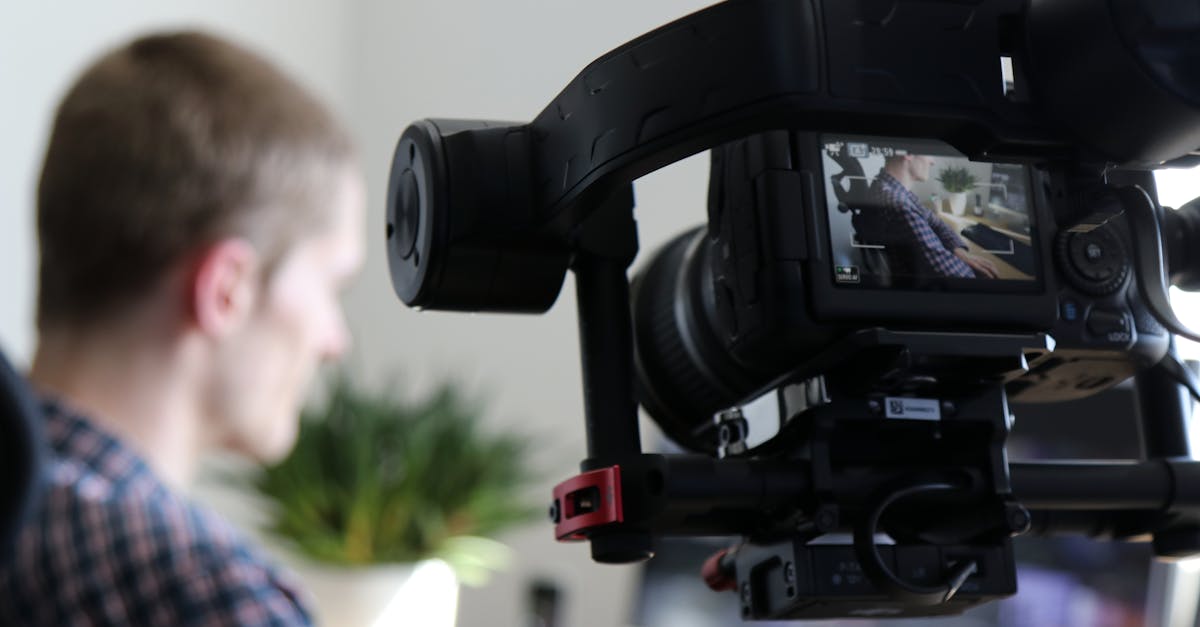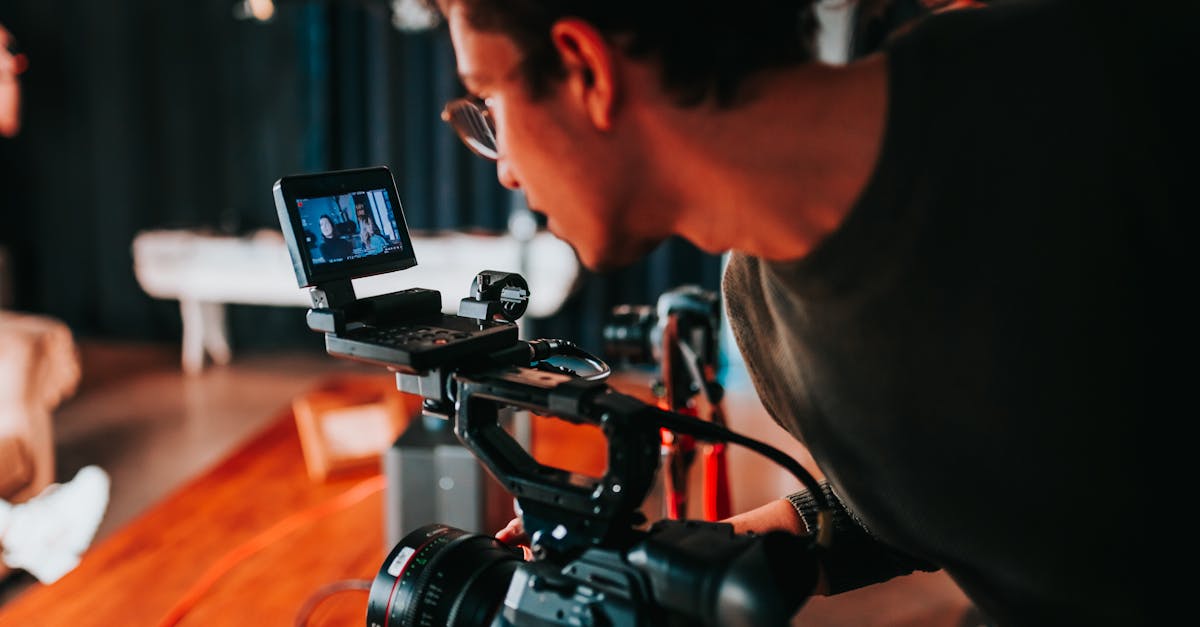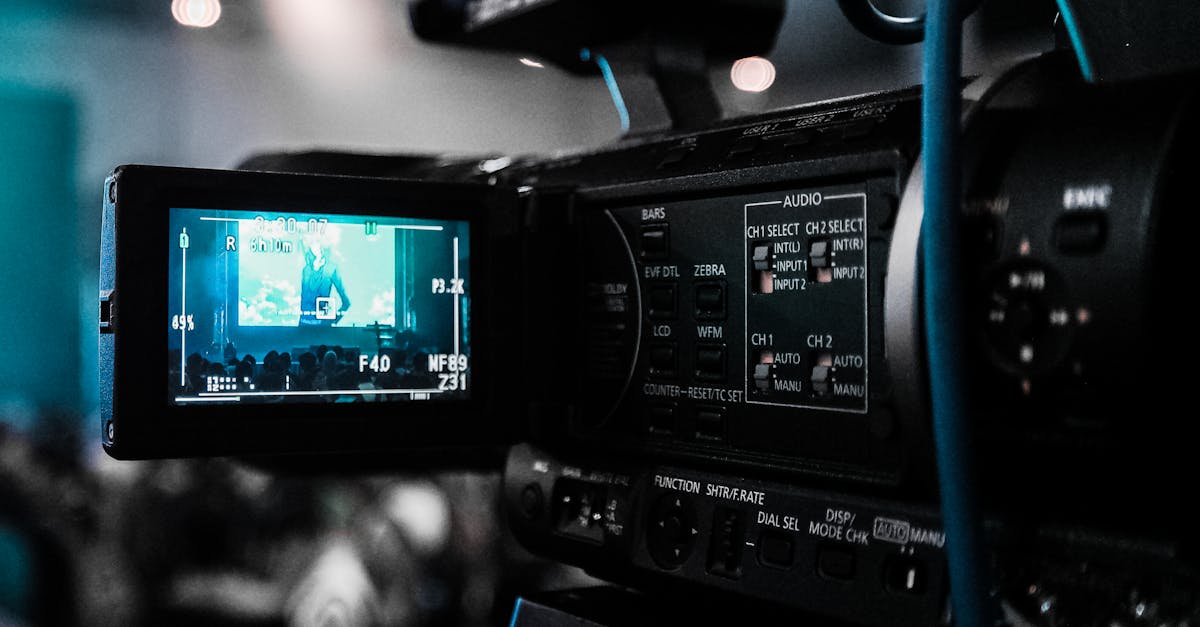
Table Of Contents
Collaborative Aspects of Screenwriting in Filmmaking
When it comes to the collaborative aspects of screenwriting in filmmaking, it is essential to acknowledge the intricate dance between the scriptwriter, director, and producers. In the bustling world of filmmaking, each party plays a crucial role in shaping the final on-screen narrative. Scriptwriting in London is a prime example of this collaborative process, as writers often work closely with directors and producers to bring scripts to life. The scriptwriter's words serve as the backbone of a film, setting the tone, pacing, and character development. It is through a harmonious collaboration that the vision of the scriptwriter melds with the creative input of directors and the practical considerations of producers to create a cohesive and engaging story that captivates audiences.
Moreover, in the collaborative realm of scriptwriting in London, effective communication and a shared vision are paramount. Directors bring their visual expertise and understanding of cinematic language to the table, providing invaluable insights into how the written word can be translated onto the screen. Producers, on the other hand, offer their logistical acumen and financial considerations, ensuring that the script can be brought to life within the constraints of time and budget. By working together, scriptwriters, directors, and producers can harness their collective talents and perspectives to elevate the script to new heights, resulting in a cinematic masterpiece that resonates with viewers on multiple levels.
Working with Directors and Producers
Working with directors and producers is a crucial element of scriptwriting in London. Maintaining open communication and a collaborative mindset are key to ensuring that the vision of the script aligns with the artistic direction of the film. Directors bring their unique creative insights to the table, often offering valuable feedback on the script that can enhance its impact on screen. Producers play a vital role in overseeing the production process and ensuring the script is feasible within budget constraints, making it essential for scriptwriters to be receptive to their input and suggestions.
Scriptwriters must be adaptable and willing to revise their work based on the feedback from directors and producers. This collaborative process requires a balance of artistic vision and practical considerations to create a script that resonates with the audience while meeting the production requirements of the film. By building strong working relationships with directors and producers, scriptwriters can navigate the dynamic landscape of filmmaking in London and bring their scripts to life on the big screen.
Mastering Dialogue Writing in Scripts
Dialogue writing is a crucial aspect of scriptwriting that demands precision and authenticity. When crafting dialogue for a screenplay, it is essential to ensure that each character's words not only move the story forward but also reveal unique personalities and motivations. Creating engaging conversations that sound natural and dynamic can greatly enhance the overall quality of a script. As a screenwriter, one must immerse oneself in the world of the characters, understanding their backgrounds and relationships to deliver dialogue that resonates with the audience.
Scriptwriting in London offers a platform for writers to explore various dialogues that capture the essence of storytelling. The city's rich history and diverse culture provide ample inspiration for crafting authentic and memorable conversations in scripts. By mastering dialogue writing, screenwriters can breathe life into characters and bring depth to their interactions, ultimately enriching the audience's cinematic experience. Understanding the nuances of speech patterns, subtext, and emotional undertones is essential for creating impactful dialogue that resonates long after the screen fades to black.
Creating Authentic and Memorable Conversations
Creating authentic and memorable conversations is a crucial aspect of scriptwriting in London. To engage the audience and bring characters to life, it is essential to focus on crafting dialogues that resonate with real-life interactions and emotions. By writing conversations that feel genuine and relatable, screenwriters can effectively immerse viewers in the story and build a connection with the characters.
To achieve authenticity in dialogue writing, it is beneficial to observe conversations in everyday life and pay attention to the nuances of speech patterns, tone, and expressions. By incorporating these subtle details into the script, writers can elevate the quality of the dialogue and make it more realistic. Additionally, giving each character a distinct voice and manner of speaking can help to differentiate their personalities and enhance the overall dynamics of the story.
Incorporating Visual Cues in Screenplays
Incorporating visual cues in screenplays is a fundamental aspect of scriptwriting in London. Visual cues provide crucial details that enhance the overall storytelling process and help guide the director, actors, and production team in envisioning and executing scenes. These cues can range from specific details about the setting to character actions and reactions, playing a significant role in conveying the mood, tone, and atmosphere of the script.
By carefully weaving visual cues into the screenplay, writers can set the scene with descriptive details that allow readers to vividly imagine the world of the story. This helps in creating a more immersive experience for both the reader and eventual viewer, as these cues provide a visual roadmap for how the story should unfold on screen. When done effectively, incorporating visual cues can elevate the scriptwriting process and contribute to the overall impact and success of the film.
Enhancing Scenes with Descriptive Details
When it comes to scriptwriting in London, the importance of descriptive details cannot be overstated. These details serve as the lens through which the audience views the story and the world within the screenplay. By enhancing scenes with vivid descriptive elements, screenwriters can effectively transport the audience to the setting and immerse them in the story being told.
Incorporating sensory details such as sights, sounds, and even smells can breathe life into a scene, making it more engaging and realistic for the audience. From the bustling streets of downtown London to the tranquil parks on a rainy day, the power of descriptive details lies in their ability to evoke emotions and create a visual tapestry that enhances the overall impact of the story. By mastering the art of incorporating these details into their screenplays, screenwriters can elevate the viewer's experience and bring their scripts to life on the screen.
FAQS
What is the difference between scriptwriting and screenwriting?
Scriptwriting and screenwriting are often used interchangeably, but scriptwriting typically refers to writing scripts for various mediums such as plays, radio, and television, while screenwriting specifically focuses on writing scripts for films.
Do screenwriters work alone or collaboratively in the filmmaking process?
Screenwriters often collaborate with directors, producers, and other members of the filmmaking team to bring the script to life on the screen. The collaborative aspect is crucial in ensuring the vision of the film is realized.
How important is dialogue writing in screenwriting?
Dialogue writing is a fundamental aspect of screenwriting as it helps to develop characters, advance the plot, and engage the audience. Mastering the art of writing authentic and memorable conversations is essential for creating impactful scripts.
How can visual cues be incorporated into screenplays?
Visual cues are essential in screenplays as they help to set the tone, establish the mood, and guide the reader's imagination. Incorporating descriptive details and visual cues effectively can enhance the overall cinematic experience for the audience.
What role do directors and producers play in the screenwriting process?
Directors and producers work closely with screenwriters to bring the script to life on the screen. They provide valuable input, feedback, and guidance throughout the filmmaking process to ensure the script translates effectively into a visual medium.
